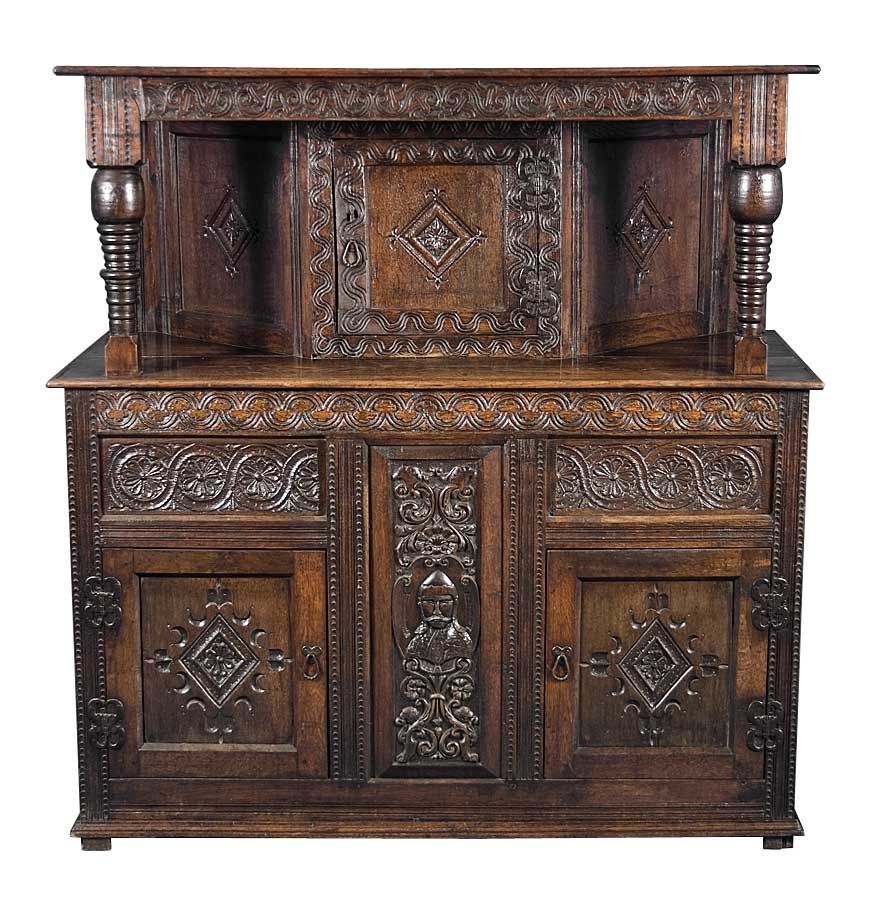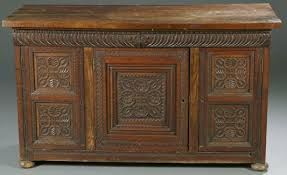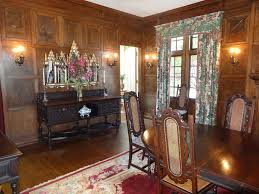The style and quality of furniture found in homes in the Tudor period varied according to the wealth of the individual. The majority of Tudor furniture was made from wood, oak being a popular choice
. For the poor man, something as luxurious as a real bed was out of reach, and furniture of any real substance was lacking in the houses of the poor workingmen. For the wealthy of course, things were much different with many heavily carved, luxurious items.

Tudor furniture History
Contents
English furniture used during the 16th century are termed as Tudor furniture. The Tudor furniture was usually made of solid wood and was well decorated. However, it was the form and strength of the furniture that mattered over the decorations.
The style of Tudor furniture was a combination of Gothic patterns with Italian and French influences. The English style of footbeds, chests and drawers was imparted linen-fold which was the style of France. Italy contributed acanthus and cartouche.
German and Flemish fashion also started making their impact after 1536.
Tudor furniture characteristics
The English Tudor furniture generally had beautiful and intricate carving. The doors and panels of furniture like beds, cabinets and chests featured carvings of episodes from mythology and epics. Diamond shapes were also superimposed with was very common.
Semi-circular and fan-like patterns along with round-headed arches were also common. Floral patterns of rose, vine and carnations were common preferences of Tudor nobility.
The Tudor period chairs were heavy and had straight backs. They were cushioned with velvet that was embroidered. Later turned chairs and lighter carved chairs became common.
Tudor furniture facts
The Renaissance had a great impact on the art of furniture making on Europe as well. Queen Elizabeth ascended the throne and opened England to the aesthetics of the Renaissance, and thus through the combination of English Gothic style and Italian Renaissance, she introduced English Renaissance.

The new aesthetic fashions carried themselves to the domain of interior design. With more and better production, Furniture trade also gained impetus. Furniture was made with better quality and of many new types so that even the middle-class was able to afford them
Jacobean revival furniture dates?
The Jacobean dates of revival were from 1509 to 1558.
Tudor Furniture: Beds
You would not walk into the house of a poor working man and see a bed. It was far more common for a mattress to be made from straw pallets. The straw would be covered with a sheet. Neither would there be soft pillows instead many people used a log to lay their heads on.
The poor man relied on blankets to keep him warm. The nobility had things much better. Four-poster beds were a popular choice.

The more expensive the bed, the more heavily carved and ornate the headboard and posts would be. The bed was draped with heavy curtains, which not only afforded the occupants some privacy it also helped to keep out any chilly drafts.
The mattress would be soft and packed with feathers, as were the pillows. Only the finest materials would do for the sheets and blankets, which were often heavily embroidered.
Tudor Furniture: Chairs and Tables
Chairs were not a common item of Tudor house furniture, instead, it was more common to see long benches used for seating. Individual chairs could be found in the houses of the nobility, though they were still wooden and made with a straight, high back. Occasionally the arms and seat of the chair would be cushioned, with reeds used as the filling.
Wooden benches were also used as tables. In the houses of the gentry, trestle tables were used for banqueting as this meant that after feasting the tables could quickly be folded away and removed and a space made for entertainments.

Tudor Furniture: Chests
Heavy wooden chests were common in most homes, rich or poor. Of course, they differed in size and style depending on what an individual could afford. The chest was a sturdy piece of Tudor furniture which served a variety of purposes. They often had legs as this meant that the chest was raised away from the floor, which kept the chest and its contents away from vermin. A chest, as well as providing storage was also suitable for use as a table when needed.
The Tudor Stepped Buffet
The ‘stepped buffet’ was the original sideboard or dresser that we use today. The number of shelves that were available on the ‘stepped buffet’ was a reflection of the rank or status of the owner.
They were brought out for feasts and banquets, draped with fine cloth and used to display the finest plates of the family, often of gold or silver from which the servants would serve the guests.
More Info On- Tudor Food and Drink facts For Kids, House Windows, Trade Items
